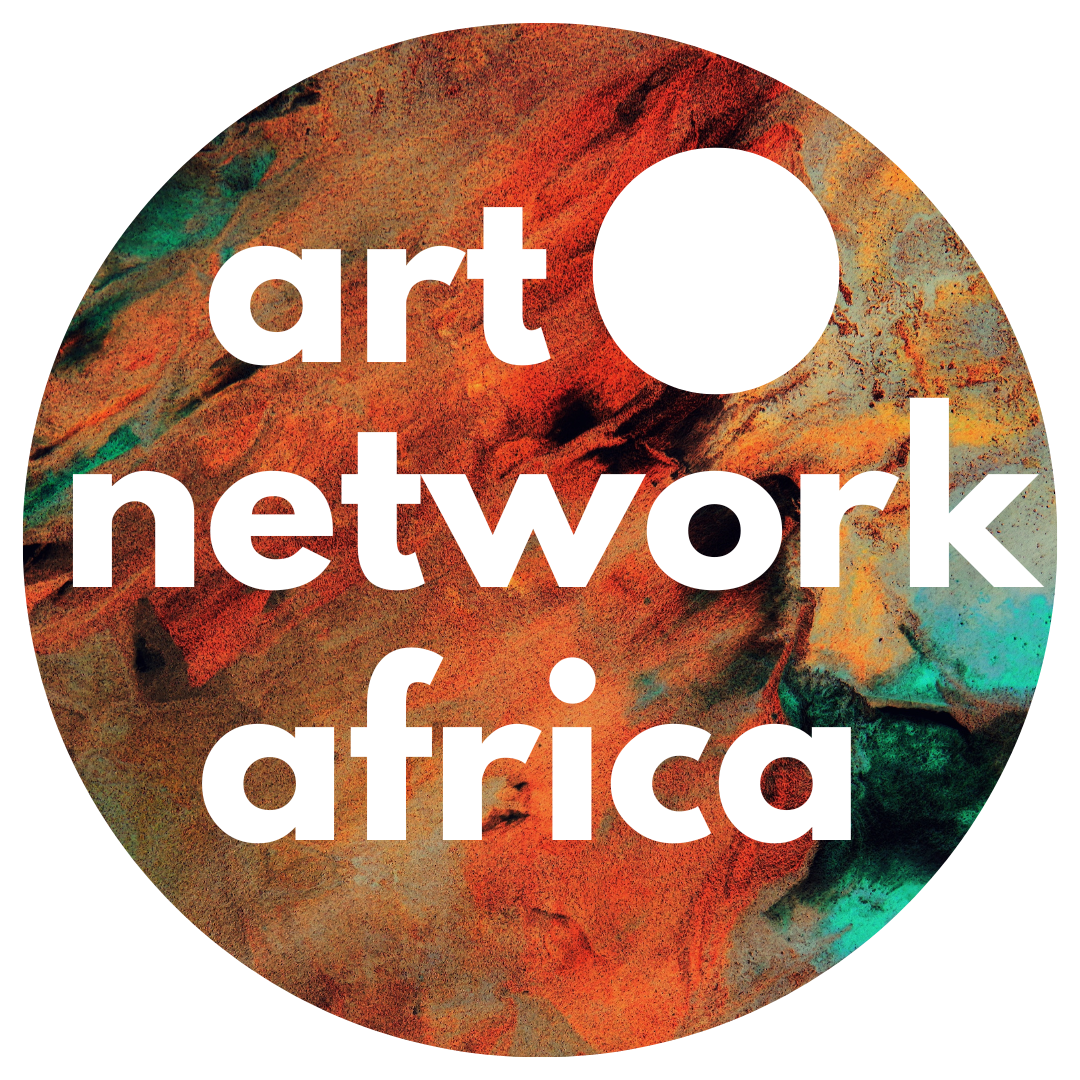Goodman Gallery presents ‘Ernest Cole: House of Bondage Part Three, ‘To Cross One More Sea’ by William Kentridge and ‘Mubato (The Handle)’ by Mischeck Masamvu at their Cape Town, Johannesburg and London spaces respectively.
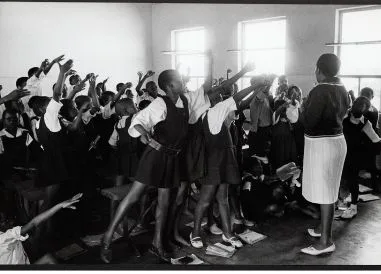
Goodman Gallery presents the final iteration of the three part exhibition ‘Ernest Cole: House of Bondage: Vintage works from the Ernest Cole Family Trust’ in Cape Town. In collaboration with the Magnum Gallery, Paris and the Ernest Cole Family Trust, the exhibition presents rare vintage prints by Cole that reveal the astonishing breadth of work created by the photographer during his brief career. Following two major exhibitions in London at The Photographer’s Gallery and Autograph, and Cole’s publications ‘House of Bondage’ and ‘The True America’, published by Aperture in 2022 and 2023, this show provides perspectives from South Africa and the wider continent, with artists, writers and curators examining Cole’s methodology and offering new insights into his work.
Part l of the exhibition took place at the London gallery last November. Part ll is on view at Magnum Gallery, Paris. While all three exhibitions include vintage prints selected from ‘House of Bondage’, each exhibition has been unique in its selection of chapters on view. Cole’s book ‘House of Bondage’, which came out to significant attention in 1967, exposed the horror of the Apartheid regime. Over a period of seven years, Cole captured in his photographs, the myriad forms of violence embedded in the everyday life of the Black majority under Apartheid: at work, in the mines, in education, healthcare and on the street.
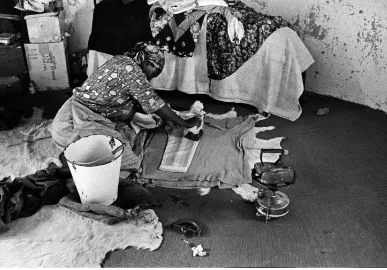
In 1966 Cole fled South Africa, smuggling his negatives out of the country, to eventually settle in New York where ‘House of Bondage’ was published the following year alongside a powerful introduction by Joe Lelyveld, the South African correspondent of the New York Times, who was himself expelled from South Africa in 1966. This exhibition opens on the 8th of February and will run until the 20th of March 2025.
Goodman Gallery also presents ‘To Cross One More Sea’, by William Kentridge featuring the African debut of his film of the same name, which premiered at LUMA Arles in 2024, alongside a selection of related works. Through a series of drawings, works on paper, small sculptures, puppets and film, the exhibition expands on Kentridge’s recent projects, including the chamber opera ‘The Great Yes, The Great No’ and episodic film series ‘Self-Portrait as a Coffee Pot’.
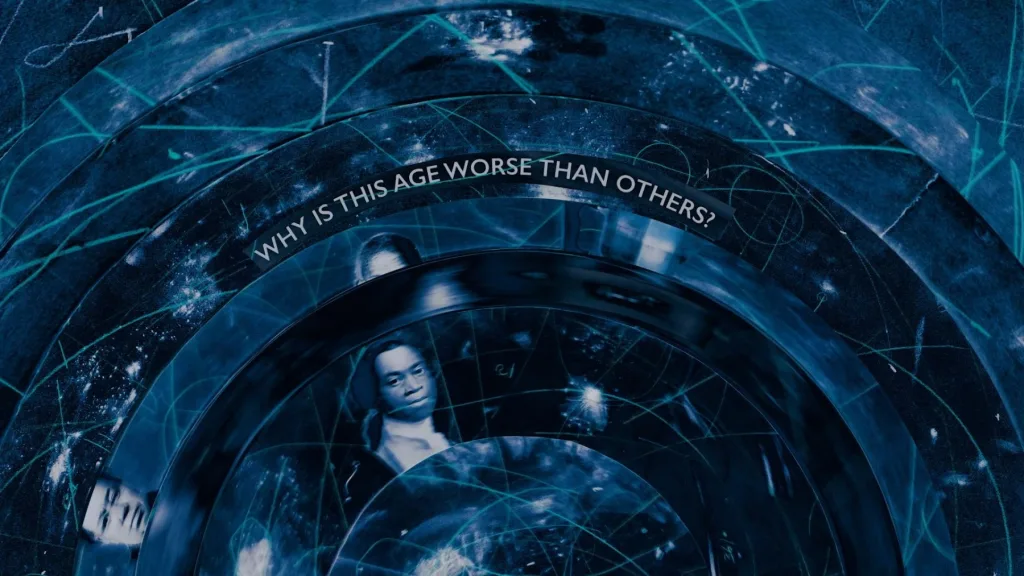
Several new puppets, made with Greta Goiris, crafted from old tools, found materials and objects, draw a connection between the exhibition and Kentridge’s expansive work premised on Shostakovich’s 10th Symphony. Such works include ‘Oh To Believe in Another World’, a film interweaving a series of images and narratives set in a cardboard model of an imagined Soviet museum, spanning events from the 1917 Bolshevik Revolution to the death of Stalin in 1953. In ‘To Cross One More Sea’, Kentridge continues his use of the puppet as a performative object in the relaying of complex stories. The particular character of each puppet emerges from working with the form of the tools and found materials to create an anthropomorphic figure. This exhibition opened on the 25th of January and will run until the 20th of March 2025 at Goodman Gallery Johannesburg.
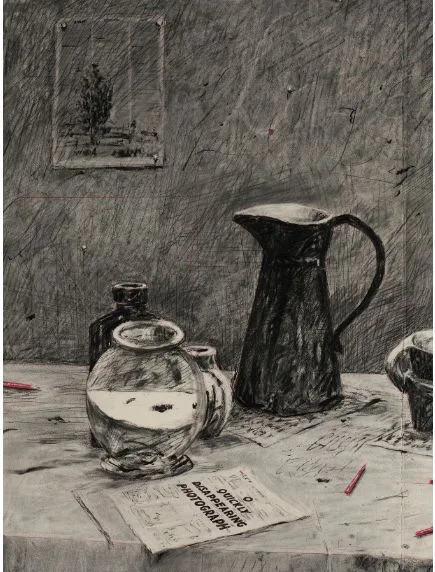
Lastly, Goodman Gallery presents ‘Mubato (The Handle)’ by Misheck Masamvu, marking a return to the London space following Maswmvu’s solo exhibition in 2021. Including new work produced while on residency at G.A.S. Foundation in Nigeria in 2024, the exhibition deepens the artist’s exploration of psychological uncertainty and existential fragility, first introduced in ‘Safety Pin’ in 2023 at Goodman Gallery Cape Town.
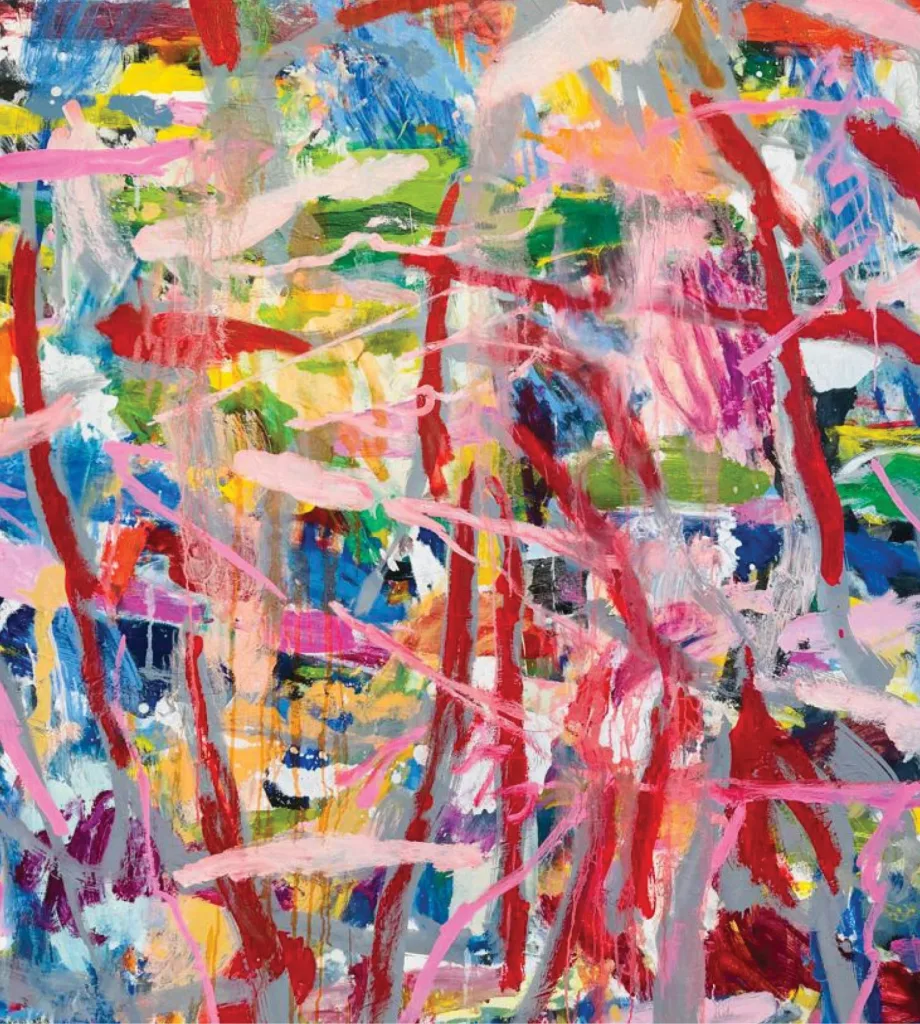
The Shona term ‘mubato’ translates directly to “handle”, evoking notions of grip, control and the point of interaction with an object or idea. In Masamvu’s hands ‘mubato’ becomes a powerful metaphor for the ways individuals engage with the world: as a tool for self-determination, a boundary for protection and a means of negotiating life’s precarities. This handle – both literal and symbolic – represents the delicate balance between holding on and letting go, between individual autonomy and collective participation. By rooting the exhibition in this Shona concept, Masamvu ties the works to a linguistic and cultural heritage that foregrounds the complexities of individual and shared responsibilities.

In his new body of work, Masamvu looks at these complexities through gestural abstraction and rich, layered textures on canvas. These paintings occupy a space where clarity meets distortion, presenting fragmented narratives and fluid forms that echo the intricate rhythms of the human psyche. Navigating between hope and despair, stability and disruption, Masamvu’s work challenges viewers to confront the dynamic roles, actions, and responsibilities that shape our shared and individual realities. This compelling series of paintings invites introspection and dialogue, offering a powerful exploration of the human condition. This exhibition opened on the 6th of February and will run until the 20th of March 2025.
